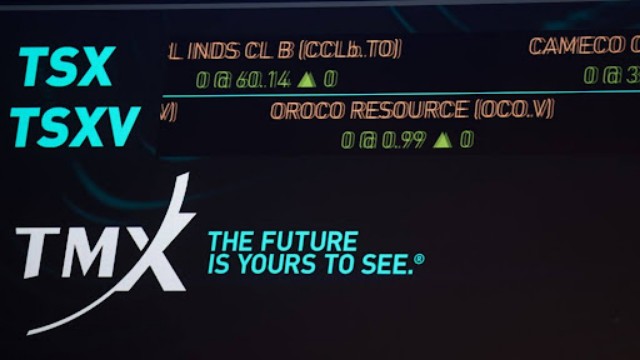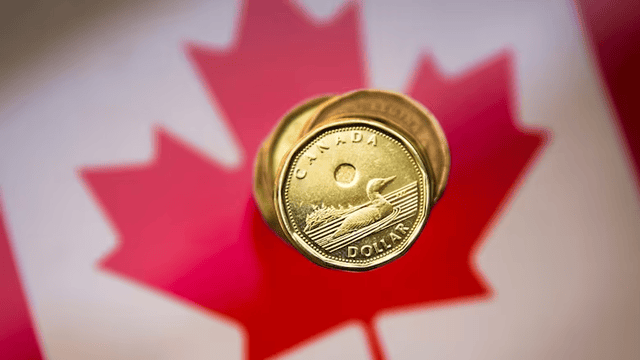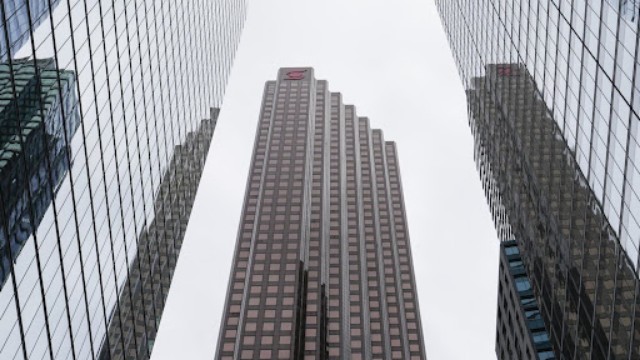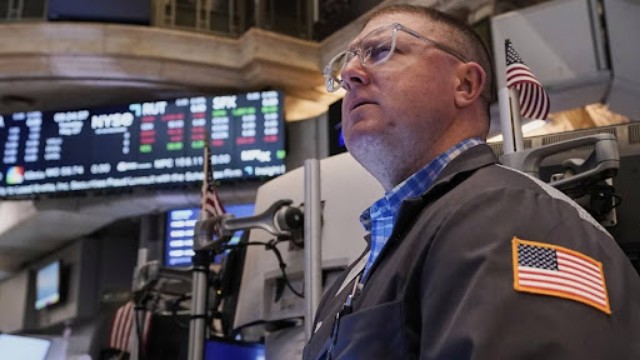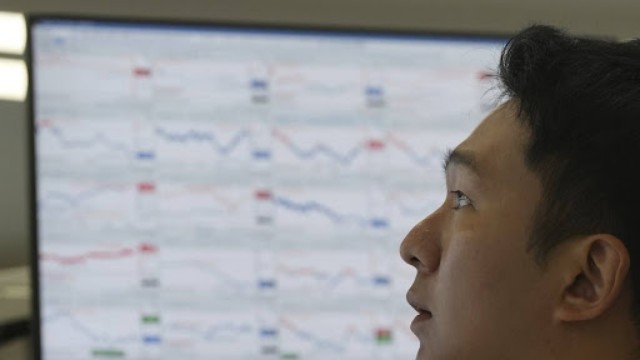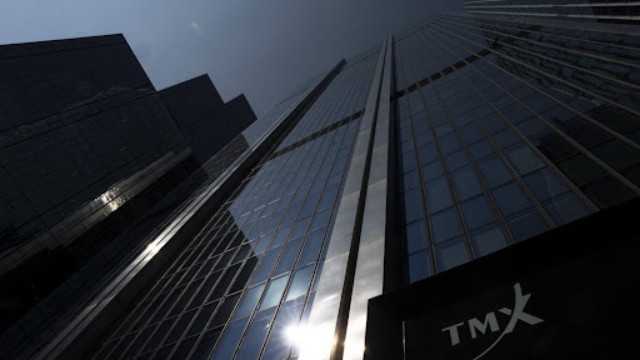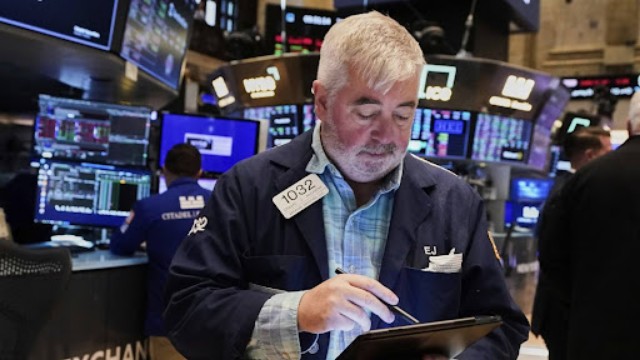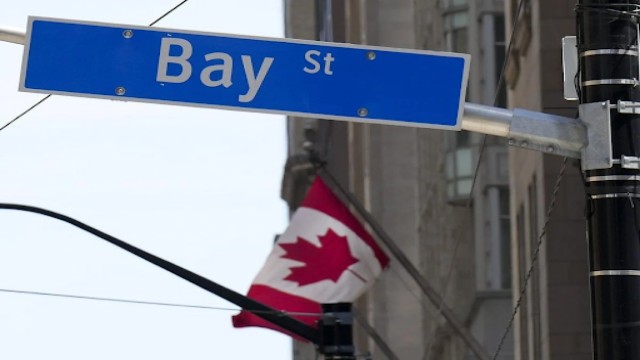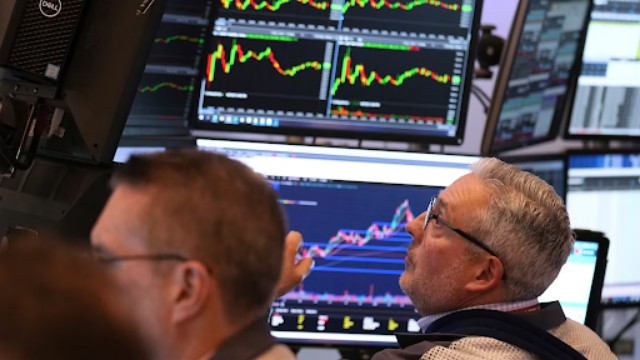
Traders are seen at their stations on the floor of the New York Stock Exchange in New York City on Monday, April 7, 2025. (AP Photo/Seth Wenig)
Wall Street roared back to life on Wednesday after President Donald Trump announced a temporary halt on most of his tariffs, sending U.S. stocks soaring to some of their best one-day gains in history.
Investors, who had been growing increasingly anxious over the economic fallout of Trump’s ongoing trade war, responded with relief. The S&P 500 shot up by a massive 9.5%, a rise that would usually mark an entire year’s worth of gains. The Dow Jones followed with a jump of 2,962 points (7.9%), and the Nasdaq surged 12.2%, marking its strongest rally in years.
Earlier in the day, stocks had been falling on fears that Trump’s aggressive tariffs could push the global economy into a recession. But everything changed with a single post from the President: “I have authorized a 90-day PAUSE.” He said this pause applied to most countries that had not retaliated against his previous tariff hikes.
Treasury Secretary Scott Bessent later clarified that while the U.S. would pause its reciprocal tariffs on many key trading partners, the 10% tariff on nearly all global imports would remain in place. China, however, was left out of this pause entirely. Trump stated that tariffs on Chinese goods would rise to a staggering 125%, reigniting concerns about a deepening economic clash between the world’s two largest economies.
Despite the ongoing uncertainty, Wednesday’s rally was a breath of fresh air for markets. It also helped pull the S&P 500 back from the edge of a bear market—defined as a drop of 20% or more from recent highs. Before the rally, the index had already fallen nearly 19% from its peak two months ago, and many investors feared worse was coming.
The sharp rise also coincided with a successful auction of U.S. Treasurys. Bond yields, which had been climbing earlier in the day and raising concerns about rising costs for borrowers, dipped slightly after Trump’s announcement. The yield on the 10-year Treasury fell to 4.34%, easing pressure on the stock market.
Still, analysts warn the trade war is far from over. Trump and Bessent took a firm stance against China, which earlier in the week had announced it would raise tariffs on U.S. goods to 84%. China’s Commerce Ministry declared it would fight back “to the end” if the U.S. escalates tensions further.
Wednesday’s gains were broad, with nearly all the stocks in the S&P 500 moving higher. Travel-related companies led the charge. Delta Air Lines, for example, soared over 23%, even after warning about shaky financial projections due to the trade uncertainty.
Markets in Europe and much of Asia, which had already closed before the tariff news broke, ended the day in the red. London’s FTSE 100 dropped 2.9%, Tokyo’s Nikkei 225 fell 3.9%, and the CAC 40 in Paris slipped 3.3%. Meanwhile, China’s markets rose modestly, possibly in anticipation of more domestic stimulus.
For now, the market rally offers a moment of calm—but with tensions still high between Washington and Beijing, investors remain on edge, knowing that the next tweet or tariff could flip the market mood once again.


